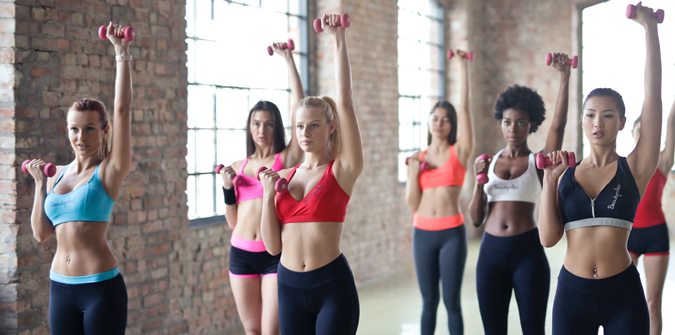SUZANNE O’CALLAGHAN
Suzanne O’Callaghan is HFA Policy Research and Education Manager
In August 2021 HFA undertook an evaluation survey of our two young women’s education resources – Female Factors – information for young women with bleeding disorders and Sport and exercise for girls and young women with bleeding disorders. We are working on the next The Female Factors resources and want to understand what has worked well and what improvements to make in the future.

These resources are part of the HFA women and girls The Female Factors project. The project is developing specific information resources for Australian women and girls affected by bleeding disorders to:
We only had a small response, but their answers provided valuable insights. Our thanks to everyone who did the survey
26 people (24 female/2 male) completed the survey
From all states except ACT and NT (1 did not say where they lived)
62% had haemophilia or carried the gene, 27% had VWD, others had rare clotting factor deficiencies, inherited platelet function disorders or acquired haemophilia, or were parents.
12% were 18-30 years of age
38% were 31-44 years of age
50% were 45 years and over
Most had a bleeding disorder or carried the gene.
20% were parents; 27% were family/friends; 8% had a professional interest
96% had seen Female Factors: information for young women with bleeding disorders
35% had seen Sport and exercise for young women
23% had seen the print version
65% had seen the HFA website version
8% had seen the Factored In website version
31% had seen the online PDF version
63% thought they were very or extremely useful
75% thought the design and layout was very good or excellent
61% thought the stories and tips were extremely or very valuable
‘I think the information was great. Not sure if needed improving at this point.’
‘Age appropriate, not condescending.’
‘Easy to read and comprehend. It helps me to feel validated in my life experiences with the disorder. Knowing there are other people particularly women experiencing the same things.’
‘They provided a simple explanation for things. I really appreciated the inclusion of the information that women can have haemophilia despite having 2 X chromosomes. I have been told so many times by doctors who know nothing about bleeding disorders that I don’t have haemophilia because I am female even though my levels are lower than my Dad’s who is a Mild Hemo.’
‘Diversity, make sure women of all shapes and sizes, heritage and beliefs are represented in the photos.’
‘We should be proud of these resources and use them as much as possible.’
‘Next stage to have some interactivity… social media posts by topic driving access to specific sections of the publication, then a link back to socials to start a conversation/sharing.’
50% had passed these resources on to others – health professionals, family/friends, colleagues
Why? To educate them
‘They didn’t know there were updated resources produced for women/girls.’
‘It was relevant to my family – my niece carries the gene.’
‘To help educate people it’s not just males that have haemophilia.’
‘To educate my mother, the grandmother of a girl with haemophilia, to give her more of an understanding about the condition in black and white.’
HFA is working on the next two resources for The Female Factors project:
We are using the feedback to develop the content and layout:
Promoting the resources is essential:
And we are always looking for women, teenage girls and parents of girls who are interested in contributing to the content with ideas or personal stories or reviewing drafts of the resources.
If you would like to be involved, contact Suzanne at HFA:
E: socallaghan@haemophilia.org.au
T: 1800 807 173
Haemophilia Foundation Australia acknowledges the Traditional Owners and Custodians of Country throughout Australia, the land, waters and community where we walk, live, meet and work. We pay our respects to Elders past and present and extend that respect to all Aboriginal and Torres Strait Islander peoples.
Sign up for the latest news, events and our free National Haemophilia magazine